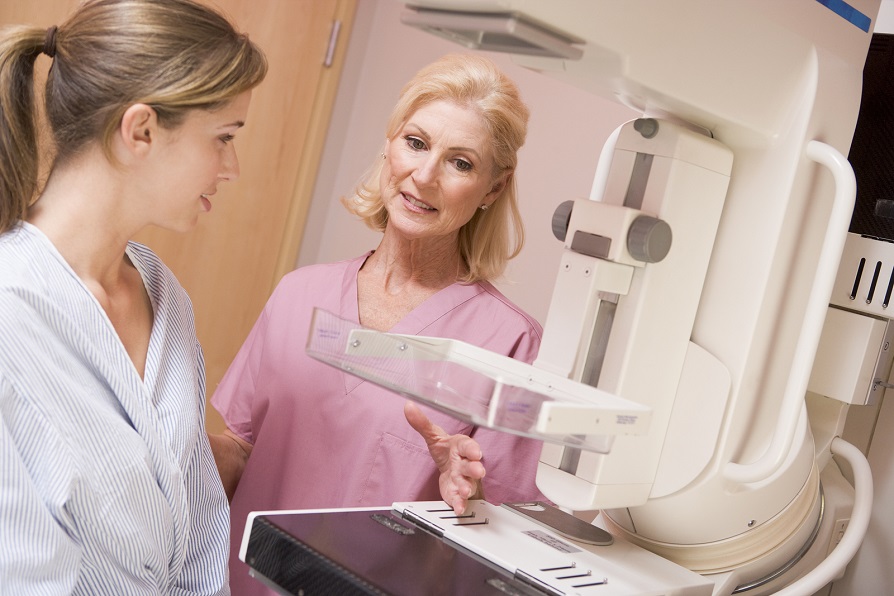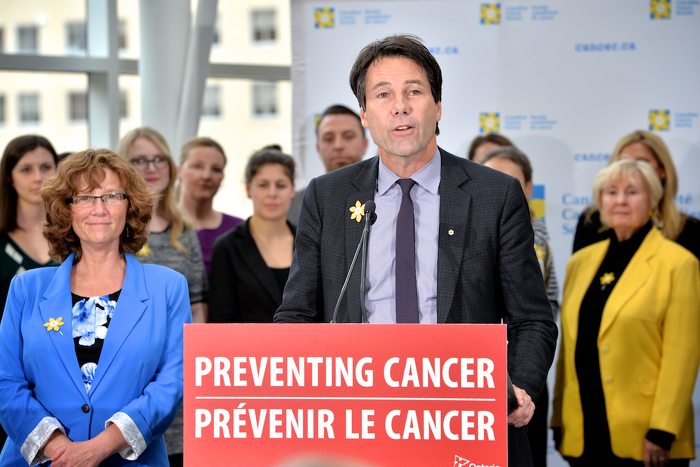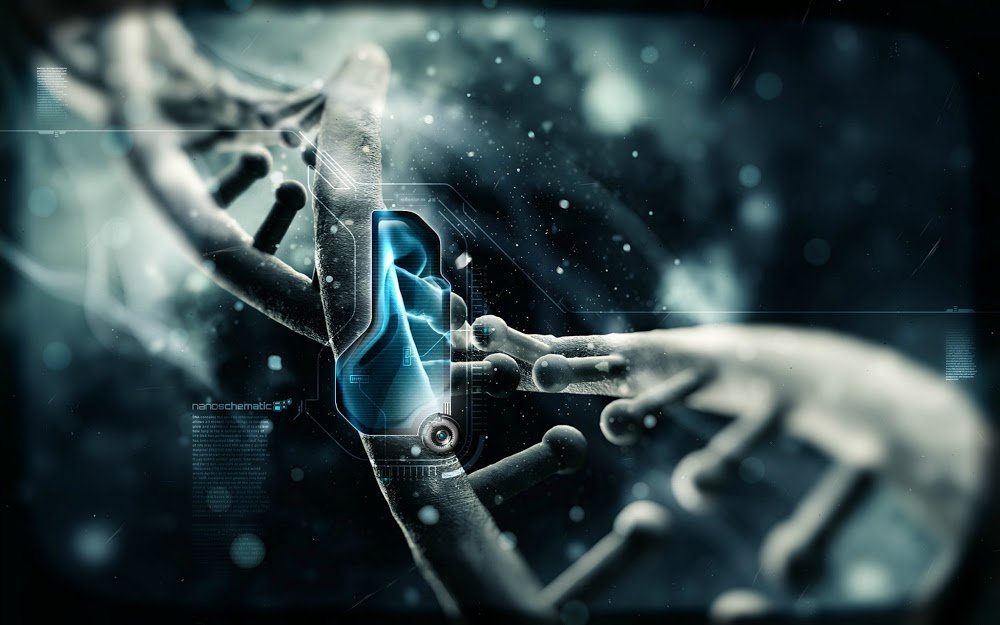
Last month, a very interesting post appeared in Huffington Post regarding “a very promising first ever trial of magic mushrooms in the treatment against depression.”
“Magic mushrooms,” the recreational hallucinogen long associated with music festivals and hippies, may also one day prove to have a powerful pharmaceutical effect for people with treatment-resistant depression.
In a small pilot study at the Center for Neuropsychopharmacology at Imperial College London, more than half of participants who took psilocybin, the active compound in psychedelic mushrooms, showed a marked improvement in their depression symptoms while also demonstrating the compound’s safety in a supervised setting.
This is the first clinical trial to use the active chemical compound in so-called “magic mushrooms” to treat major depression. If the findings are confirmed in larger studies, it could mean a change in the way we treat depression symptoms in those who don’t respond to therapy and traditional medications, like selective serotonin reuptake inhibitors.
What we knew before:
Mushrooms from the genus Psilocybe contain psilocybin, which the human body breaks down into a substance called psilocin. This psychedelic substance then crosses the blood-brain barrier and binds to a specific serotonin receptor known as 5-HT2A, creating a profound alteration of consciousness that has been described as a mystical event, a spiritual journey or simply a “trip.” Psychedelic compounds in LSD, ayahuasca and mescaline bind to this same receptor.
Human beings have been consuming psychedelic mushrooms for thousands of years because of this effect, but it wasn’t until the 1950s that scientists began examining psilocybin’s therapeutic properties in earnest.
Eons ago, both religion and science went hand in hand until the priesthood hierarchy decided to use science for its own exclusive use to fool the people with “magic” that helped them establish a separation of societal classes where they have all the advantage.
Just like marijuana, mushrooms were suppressed by the government through prohibition, and by the Church through a massive redesign of rituals and retranslation of thousand year old written texts, and outright suppression of the proper interpretation of the Dead Sea Scrolls.
The proper recognition and the full knowledge of various mushroom applications could transform the current unsustainable system of misusing Science solely for the benefit of a materialistic society that is creating massive amount of industrial wastes, into one that is deeply attuned and connected to Nature’s consciousness.
If one realizes through self-discovery that the literal Supreme Being we all been searching for is Nature herself, then understanding and reconnecting to Nature should be our ultimate pursuit. All other peripheral endeavors are either useless expensive detours, or merely distractions.
Considering that it was the hidden hand behind the Vatican Church which organized all corporate governments posing as pseudo-republics all throughout the planet, it was so easy for it to institutionalized the suppression of the now secrets of the mushroom.
However, there are pockets of resistance in the scientific community that have done their independent studies on the effects of mushrooms and the endogenous psychoactive compound known as dimethyltryptamine (DMT).
https://www.youtube.com/watch?v=LtT6Xkk-kzk
The Select Few’s persistent appetite for globalist control has created a diversion away from this natural psychoactive compound through the introduction of artificial psychoactive LSD. The grave results of its use served as the basis for the classification of mushrooms and marijuana with Schedule 1 restriction.
“The role of drugs in the exercise of political control is also coming under increasing discussion. Control can be through prohibition or supply. The total or even partial prohibition of drugs gives the government considerable leverage for other types of control. An example would be the selective application of drug laws permitting immediate search, or “no knock” entry, against selected components of the population such as members of certain minority groups or political organizations.
But a government could also supply drugs to help control a population. This method, foreseen by Aldous Huxley in Brave New World (1932), has the governing element employing drugs selectively to manipulate the governed in various ways.”
~ Louis Jolyon West, Hallucinations: Behavior, Experience, and Theory. 1975. p. 298.
In order to dilute the genuine research work of one John M. Allegro, the Establishment sent in Gordon Wasson.
From the Gnostic Media,
1) Wasson served as a chairman to the Council on Foreign Relations (the CFR).
2) Wasson was a director of the Free Russia Fund, Inc. “has been founded to support the “morale” of “exiles from Soviet powers”: surely “morale” must be spelled out in terms of Russian values, not what our values might be if we were exiles.”
3) Wasson worked as a VP to JP Morgan Bank at 23 Wall St, a.k.a. “The Corner”.
4) Wasson was PR (propaganda) VP for JP Morgan, and helped to sell the current financial system created by his boss, JP Morgan, at Jekyll Island (see Secrets of the Federal Reserve by Eustace Mullins).
5) Wasson had close ties to Allen Dulles, head of the CIA. There is documentation publicly available that Wasson himself was CIA.
6) Wasson earned a directorship at a pharmaceutical company for his mushroom discovery. See Letcher, Shroom.
7) Wasson was an account manager to the Pope and Vatican for JP Morgan. – This reveals an agenda to protect
8.) Wasson was in charge of promoting the Russian Orthodox Church for Russian immigrants. – This reveals an agenda to protect
9) Wasson had a Russian wife, Valentina, who was religious. – agenda to protect. Valentina was from the Russian intelligentsia – or Russian elite. Their story of her collecting mushrooms as a Russian peasant in the woods on their honeymoon seems patently absurd. This fact has been pointed out by their daughter: “Such an explanation seemed to me like a Hollywood soap opera, something out of character for my father.”.
10) Wasson plagiarized many of his ideas of Soma from John G. Bourke’s book on Scatology – 1892.
11) Primary documents reveal that Wasson was involved in helping to cover up JP Morgan’s involvement in the Civil War’s Hall Carbine Affair, and that Wasson directed the disinformation campaign. It appears that this act earned Wasson a position as VP of PR for JP Morgan Bank. 
12) Wasson’s direct boss at JP Morgan, Henry Davison, was Skull & Bones. Henry Luce at Time-Life was Skull & Bones. Davison created Time-Life for his boss, JP Morgan. CD Jackson, head of US psychological warfare (purchaser of the JFK Zapruder film), was VP at Time-Life. Jackson is famous for his footage at the Buchenwald camp. Jackson later became president of Time-Life. Wasson claimed “by a chance meeting with Luce”, that he published his “Seeking the Magic Mushroom” (May, 1957) with Life Magazine (http://www.imaginaria.org/wasson/life.htm). Luce and Wasson were long time members of the Century Club.
13) Wasson launched a campaign to destroy John M. Allegro’s work before it was even available. All of Wasson’s claims against Allegro have subsequently been disproved (see The Holy Mushroom, Irvin, 2008).
14) Wasson covered up that Andrija Puharich was CIA/ARMY/MK-Ultra when he attacked Allegro, calling Puharich merely “a man”. (see The Holy Mushroom, Irvin, 2008).
15) Wasson was a runner up (1 of 8.) as chairman to the Securities and Exchange Commission running Wall Street and the NY Stock Exchange.
16) Wasson authored the Stock Exchange Act. (global impact of this legislation is something still unknown)
17) Wasson helped to launch the psychedelic revolution – sending thousands of beatniks to Mexico in Search of the “Magic Mushroom”.
18) Wasson was associated to no less than 6 persons suspected of being involved in the JFK assassination. See Jackson and Luce, above, as examples. Primary documents link Wasson to the JFK assassination from many angles, including directly to George de Mohrenschildt (the close friend of Lee Harvey Oswald) and the Zapruder film. de Mohrenschildt’s wife worked for Abe Zapruder, and de Mohrenschildt himself worked directly with Wasson. On de Mohrenschildt’s suiciding, Wasson’s number was found in his pocket – along with others such as George H. W. Bush (another suspect).
19) Wasson was close friends with Edward Bernays, whom he hung out with for at least 10 years. Bernays is the father of propaganda and spin and nephew to Sigmund Freud.
20) Wasson was on the executive committee for the Research Program on the U.S.S.R.
21) Wasson served as chairman to the Committee for the Promotion of Advanced Slavic Cultural Studies.
22) Wasson was in a top position in the Century Club. The Century Club is an elite/CIA/OSS intelligence front posing as an exclusive “art club”. Wasson gave lectures there on his mushroom research to the private/intelligence members.
23) Wasson ran the Russian Student Fund, Inc., for the CIA.
24) Valentina ran the St. Saraphim Foundation.
25) Wasson worked as director to Sandoz pharmaceuticals (above Hofmann? Same position as mentioned by Letcher? See #6. See also B.H. Friedman, Tripping, pg. 48ff.).
26) Wasson may have worked with Dr. Timothy Leary to distribute LSD (See also B.H. Friedman, Tripping, pg. 48ff.).
 27) Wasson nominated John Foster Dulles, Walter Lippmann, George Kennan, and other infamous characters to the Century Club.
27) Wasson nominated John Foster Dulles, Walter Lippmann, George Kennan, and other infamous characters to the Century Club.
28) Wasson was friends with Allen Dulles, the head of the CIA.
29) Wasson was friends with George Kennan, one of the people behind Operation Paperclip – a program to secretly bring top Nazi officials and scientists into the USA and elsewhere for research and other covert purposes.
30) The Wasson family has intentionally suppressed this information and has prevented access to the Wasson archives at Harvard to anyone who does not uphold the current Wassonian myth. Wasson’s family requires all researchers to tell them exactly what they’re going to write about Wasson before they’ve even seen the documents (!) – a logical impossibility – forcing researchers to lie or commit the fallacy of ad ignorantium – if they want access.
And this is just the start.
http://www.gnosticmedia.com/SecretHistoryMagicMushroomsProject
More manmade psychoactive chemicals were then introduced to the market through the pseudo-science of Psychiatry, to treat mass depression triggered and induced by the ever rising cost of living, coupled with massive unemployment and job insecurity, student debt, and systemic desperation.
The authorities have succeeded in enforcing the idea that the physical realm is the only realm that exists, and that we are all separate beings, exposed to a cruel world where only the fittest survives. Nothing could be farther from the truth.
In simple terms, both physicality and individuality are mere illusions, mere pigments of what is truly real.
Ultimately, all realities and all individual perceptions converge within that same body we call as Nature, which brings us to a very interesting realization about the true nature of death, i.e. since Nature will always be there, is our death really be something we need to be wary about?
Our brain, and our entire body in general, are soft wired to the very fabric of Nature. These facts can easily be proven by considering that our physical body is made up of at least 90% water, and the rest can be collectively classified as carbones, i.e. carbon and other derivative elements*.
One must realize that the only difference between elements in the periodic table is the atomic weight which is directly related to the number of electrons. If we combine two hydrogen atoms together, that would give us helium, four helium atoms should give us oxygen.
Interestingly, water was found scientifically to have memory. Is that where our memory really is stored by the brain that is mostly compose of water to begin with?
Hydrogen is an explosive gas which should be where our explosive energy comes from, and the reason why our living body is always warm.
When our physical body disintegrates, the oxygen in water separates from the hydrogen, and carbon is left out to return to the ground. Oxygen molecules join with other oxygen molecules in the air everybody is already breathing in. Being lighter in atomic weight than oxygen, hydrogen atoms could reach as far as the sun where they are fused into helium, only to be turned back into hydrogen ions and radiated in all directions in an endless cycles, or pulsations of life all throughout the entire solar system, and beyond.
Everything in Nature shares the same fundamental form that we know simply as energy in the form of an electromagnetic wave, a medium that is more fluid than liquid and much thinner than gas. Physicists call it plasma, or the 4th state of matter.
The electromagnetic wave diagram below shows only a narrow spectrum that is considered visible light, according to frequency of propagation in space.
 A change of frequency, say microwave oven frequency, will produce heat. Same medium, different frequency, different sensation, different reality.
A change of frequency, say microwave oven frequency, will produce heat. Same medium, different frequency, different sensation, different reality.
There’s no boundary, or limit, on where the plasma can go, or not. It’s everywhere in the vastness of space across the entirety of Nature. The space itself is electromagnetic. It’s were the fundamental form of energy resides.
We don’t see anything in space because our perception has limited bandwidth, i.e. it can only sense or perceive a certain band of frequencies in the entire infinite electromagnetic spectrum. The limited perception defines our limited reality. Other beings should exist on other realities with their own limited bandwidth of perceptions.
A free mind can always go as far as it could by saying that there still is a much thinner medium than the plasma, which we can probably call the Spirit. And much deeper still, we can continue pursuing the probability of a medium that is thinner than the Spirit itself, of which we still have no word for it at the moment.
And as stated earlier, ultimately, all realities and all individual perceptions converge within that same body we call as Nature, and death is merely a transition into another form, and not the end of one’s journey, or a real death at all.
As you can see from the foregoing simplistic discussion, we are all connected literally. It is therefore useless to have:
· competition instead of mutual cooperation;
· profit instead of sharing;
· planned obsolescence instead of durable products;
· scarcity instead of abundance;
Suffice it to say, that there’s really no need to mystify the ultimate power away from Nature itself. Nature is the most Supreme of All Beings, and that’s only because all of these manifestations which include human beings, come from her own body.
“Nothing was created; nothing was destroyed. All things were just transformed.” – Heraclitus
Therefore, we can rightfully claim that we are all sons and daughters of Nature and not any of us is mightier than the other. We are all sharing her power, and the all-encompassing consciousness. We just need to find the link and learn again the method of reconnecting to her infinite wisdom.
DMT which is naturally produced by our brain during REM state, or deep sleep, also exists in plants, and can be extracted from the ordinary grass. Due to this huge threat to the control system, its marketing and use are even more restricted than marijuana. That is because, it doesn’t merely put you into a state of mind, but in another dimension altogether.
Remember, Psilocin, an active chemical in many psychedelic mushrooms, is structurally similar to DMT.
https://www.youtube.com/watch?v=aT3NQDgnMG0
That amazing speech by Graham Hancock was taken down from TED, a week later.
All types of priesthood, and the pyramid of cartels must all be defeated, and the suppression of the sacred mushroom and DMT must be ended.
The human mind must always be allowed to soar to greater heights in the interest of world peace and prosperity, and for a deeper understanding of Life itself.









